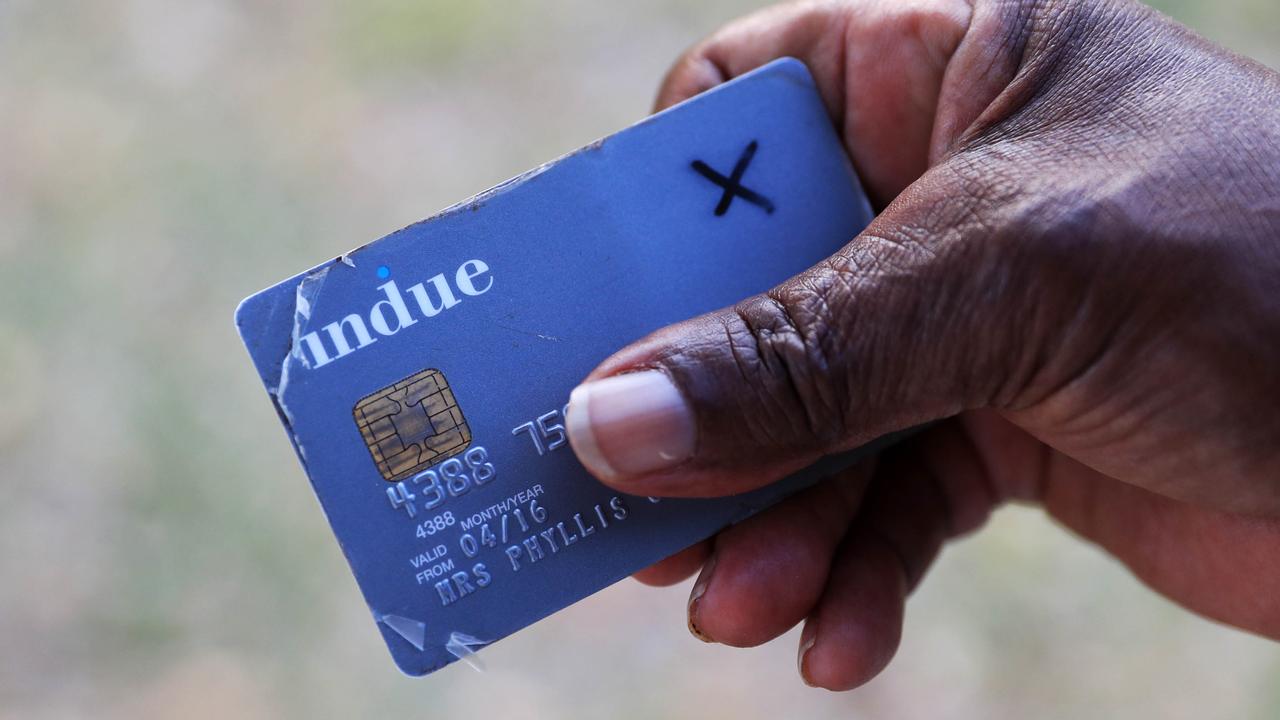Race 'a problem in schools' for Aboriginal children
ABORIGINAL students at a school in the Kalgoorlie region were not allowed in groups of more than three, a rights body asserts.
ABORIGINAL students at a school in the Kalgoorlie region were not allowed to walk around in groups of more than three, and students were placed in segregated classrooms creating a "racist mindset", the Human Rights and Equal Opportunity Commission has asserted.
The claims, which the West Australian Education Department described last night as "bizarre", were made at a focus group in Kalgoorlie this year, during consultations to develop the federal government's proposed National Anti-Racism Strategy.
The consultation report, released yesterday, said: "The treatment of Aboriginal and Torres Strait Islander students was also raised in several consultations.
"Participants in the Kalgoorlie focus group said that having segregated classes for Aboriginal and Torres Strait Islander students creates a 'racist mindset'.
"In one example, a school did not allow Aboriginal and Torres Strait Islander students to walk around in groups of more than three."
The school, or schools, were unidentified and the claims unsourced, but Race Discrimination Commissioner Helen Szoke said yesterday they were "concerning".
Dr Szoke said she had no information about the circumstances in which segregated classes, or restriction on association, might have occurred, but as a general principle educational issues should not be dealt with racially.
"If there is bad behaviour in a school environment, there is an obligation on the school to respond appropriately," she said. "But that shouldn't be in ways that isolate or treat a specific racial group differently from other groups."
WA Education Department officials said they had no knowledge of segregated classrooms or curbs on association.
The department's executive director, Peter Titmanis, who heads the section responsible for the direction of Aboriginal education in the state, said the department had not heard of any instance of Aboriginal students being deliberately segregated from non-Aboriginal students, and he found it extremely unlikely this would occur at a public school. "This claim is bizarre and I have never heard of anything like it happening at a public school," Mr Titmanis said.
An identical claim was made about Kalgoorlie in a HREOC report 11 years ago. The HREOC consultations, conducted nationally between March and May, heard complaints about racism and identified education, media and employment as priority areas for the national strategy.
In its submission, the Executive Council of Australian Jewry pressed for a review of the effectiveness of curriculums in addressing racism and prejudice, while others suggested "strengthening the national curriculum" to build awareness and reduce racism.
The Ethnic Communities Council of Victoria recommended a school-based program, Lessons from our Past, which would focus on "the negative impacts of previous policies and the potential of multiculturalism".
A key theme in the consultations was the need for the anti-racism strategy to focus on Aboriginal and Torres Strait Islander peoples, through a treaty, or constitutional recognition, or incorporation of the UN Declaration of the Rights of Indigenous Peoples in the strategy.
There were also calls for a review of media regulation, affirmative action employment programs and better regulation of "cyber racism".
Dr Szoke said the consultations had "clearly told us that racism is a problem in Australia", but there had been many examples of "positive actions that people all over the country have taken to combat racism".


